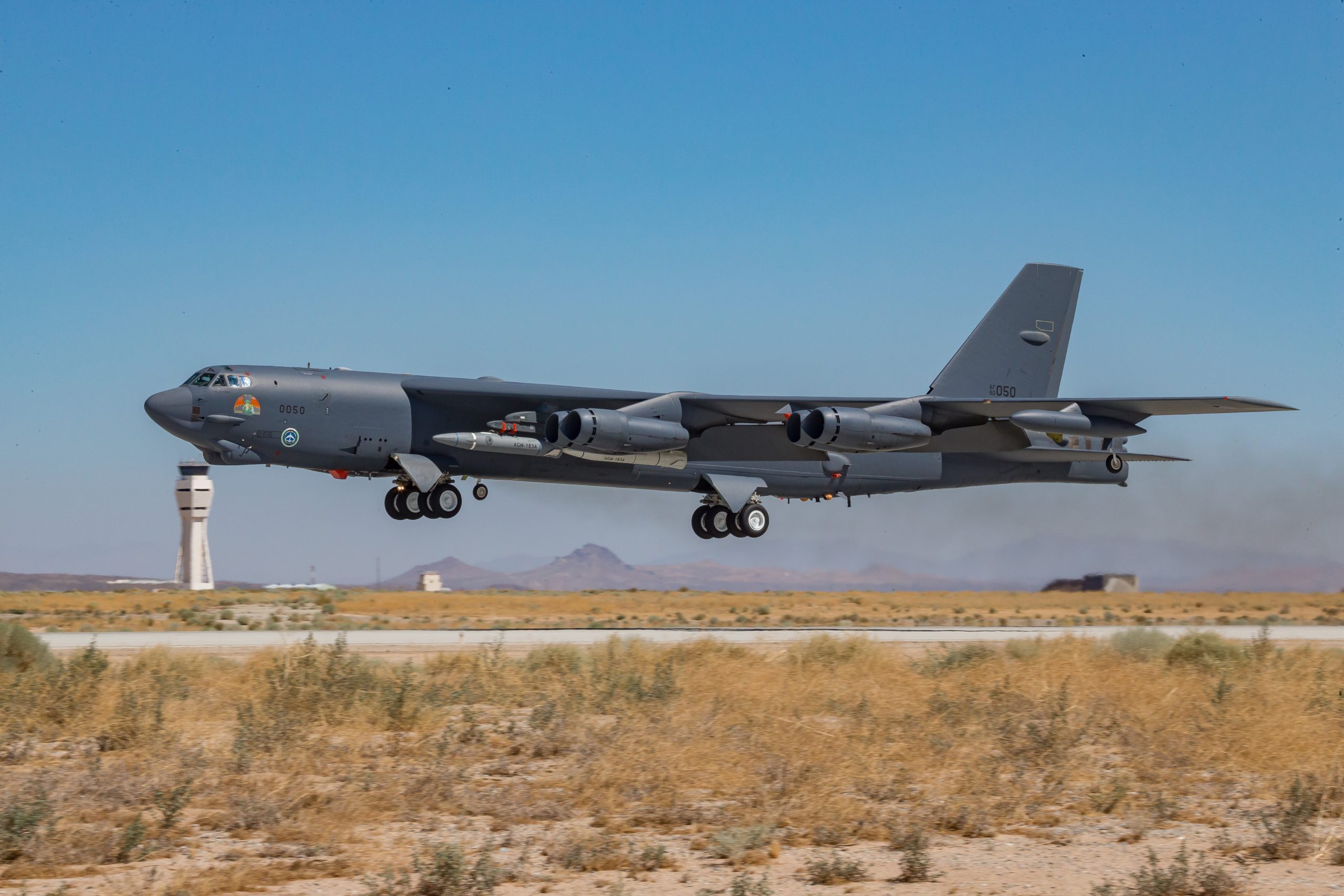The United States’ pursuit of hypersonic missile capabilities, driven by the evolving threats posed by Russia and China, has hit a series of roadblocks, with the Dark Eagle hypersonic missile program at the forefront of these challenges.

Dark Eagle Hypersonic Missile Suffers Another Failed Launch in America (Photo: Defense News)
Dark Eagle’s Troubled Journey
in a recent development published by popular Mechanics, in September 11, 2023, the Dark Eagle hypersonic missile program, initially known as the Long-Range Hypersonic Weapon (LRHW), has faced a series of obstacles in recent years. Most notably, the cancellation of its maiden flight test, Joint Flight Campaign 2, raises concerns about the missile’s readiness. This marks the fourth consecutive setback for the Dark Eagle Hypersonic Missile and its counterpart, the Navy’s Conventional Prompt Strike missile, both based on the Common Hypersonic Glide Body (C-HGB) technology. The reasons behind these cancellations remain shrouded in secrecy, but they cast doubt on the program’s ability to meet its deployment deadline.
Dark Eagle Hypersonic Missile, designed for intermediate-range precision strikes, was set to enter Army service in a strategic fires battalion, but this timeline now appears uncertain. The military must successfully complete three flight tests before deployment, and given the recent cancellations, meeting the original September deadline seems increasingly unlikely. These setbacks are not isolated incidents; the broader U.S. hypersonic program faces growing challenges as it strives to match the advancements made by global competitors.
Dark Eagle hypersonic missile program’s setbacks reflect the broader challenges facing the U.S. in its pursuit of hypersonic capabilities. As global competition intensifies, the urgency of these weapons is being reevaluated, with emerging alternatives like stealth cruise missiles raising questions about their necessity. The coming months will be critical for the Dark Eagle program and the Pentagon’s hypersonic ambitions, as they seek to overcome technical obstacles and assert their position in a rapidly evolving strategic landscape
READ ALSO: Chase, Wells Fargo, Bank Of America, Worst Banks In The US: A Financial Expert’s Perspective
Assessing the Urgency of Hypersonic Weapons
In a report stated by Ground News, the Pentagon’s rush to develop hypersonic weapons was prompted by China and Russia’s lead in deploying these high-speed, maneuverable missiles. Hypersonic weapons, defined by speeds five times the speed of sound or greater, offer an edge in terms of evasion and difficulty in interception. Dark Eagle Hypersonic Missile, along with similar missiles like the Conventional Prompt Strike and AGM-183A ARRW, falls into the category of hypersonic glide vehicles. These missiles are released by ballistic missiles and can maneuver to bypass enemy defenses, making them a formidable tool for precision strikes.
However, recent events in Ukraine have raised questions about the necessity of hypersonic weapons. The successful use of stealth cruise missiles by Ukraine, similar to the U.S.’s AGM-158A JASSM, demonstrated the efficacy of these alternatives. While slower than hypersonic missiles, these stealthy options have proven difficult for even advanced air defenses to intercept. This raises the debate about whether the significant investment in Dark Eagle Hypersonic Missile technology is warranted when existing solutions can achieve similar results.
READ ALSO: Mila Kunis And Ashton Kutcher Express Regret For The “Pain” They Caused By Supporting Danny Masterson, A Convicted Rapist
























